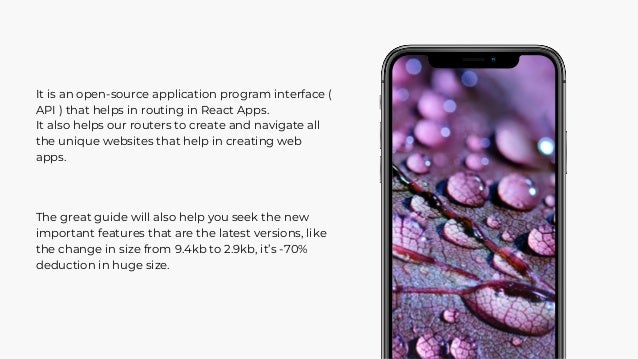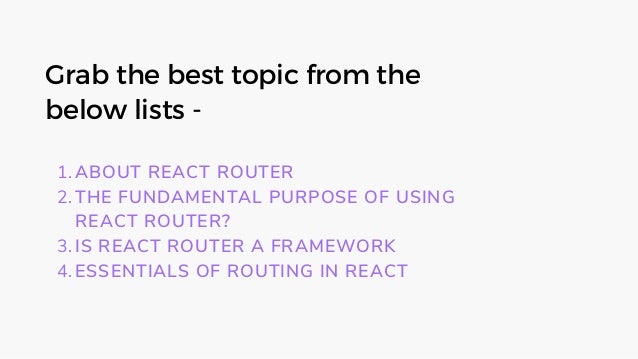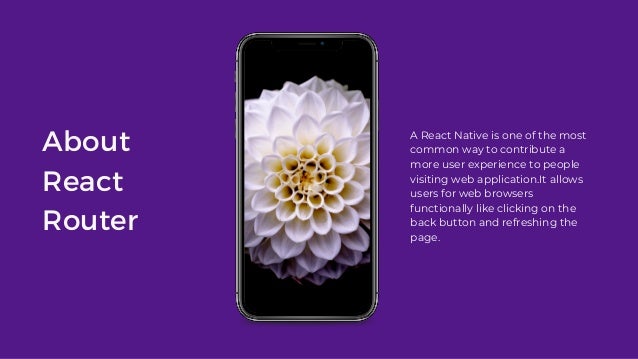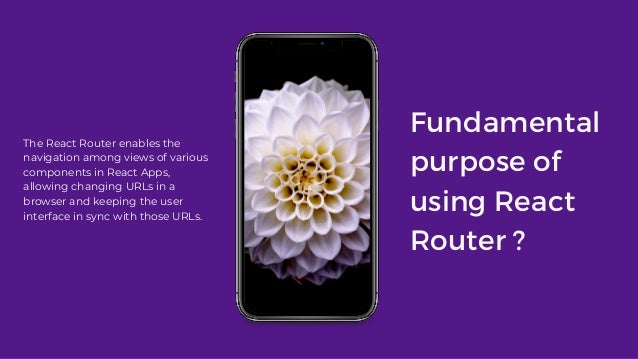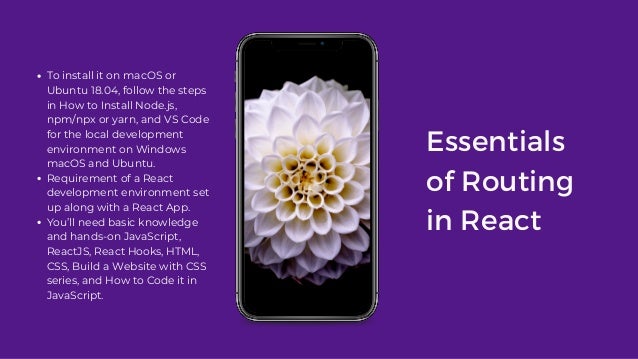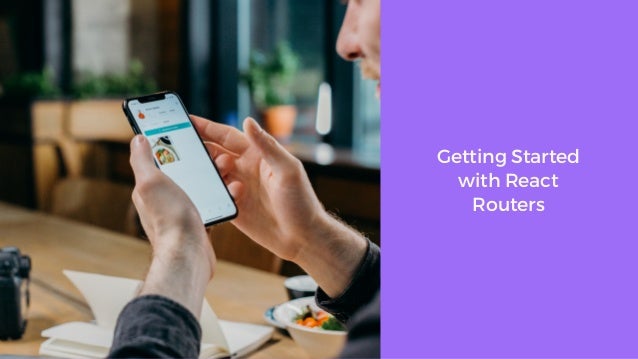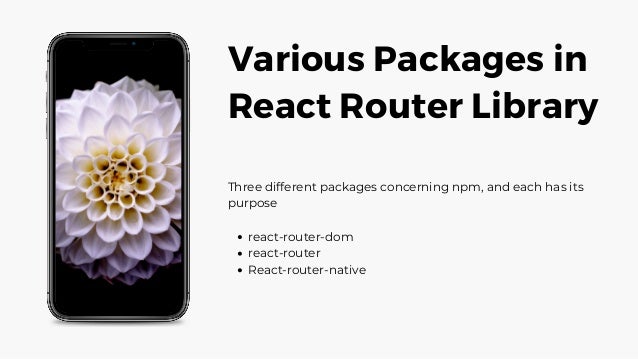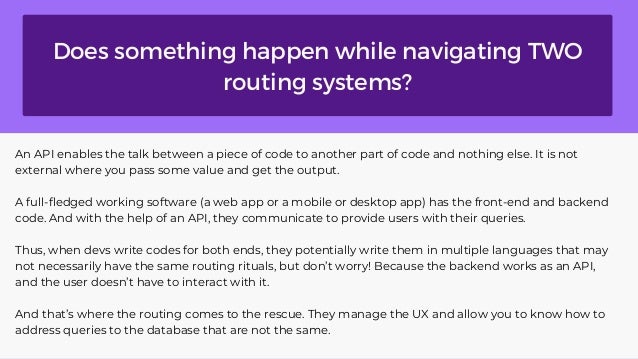The document provides an overview of using React Router v6 in React applications, highlighting its role in enabling navigation among views and managing routing efficiently. It covers installation, basic setup, and essential features such as handling nested routes and accessing dynamic URL parameters. Additionally, it emphasizes necessary prerequisites like JavaScript knowledge and introduces relevant packages in the React Router library.

